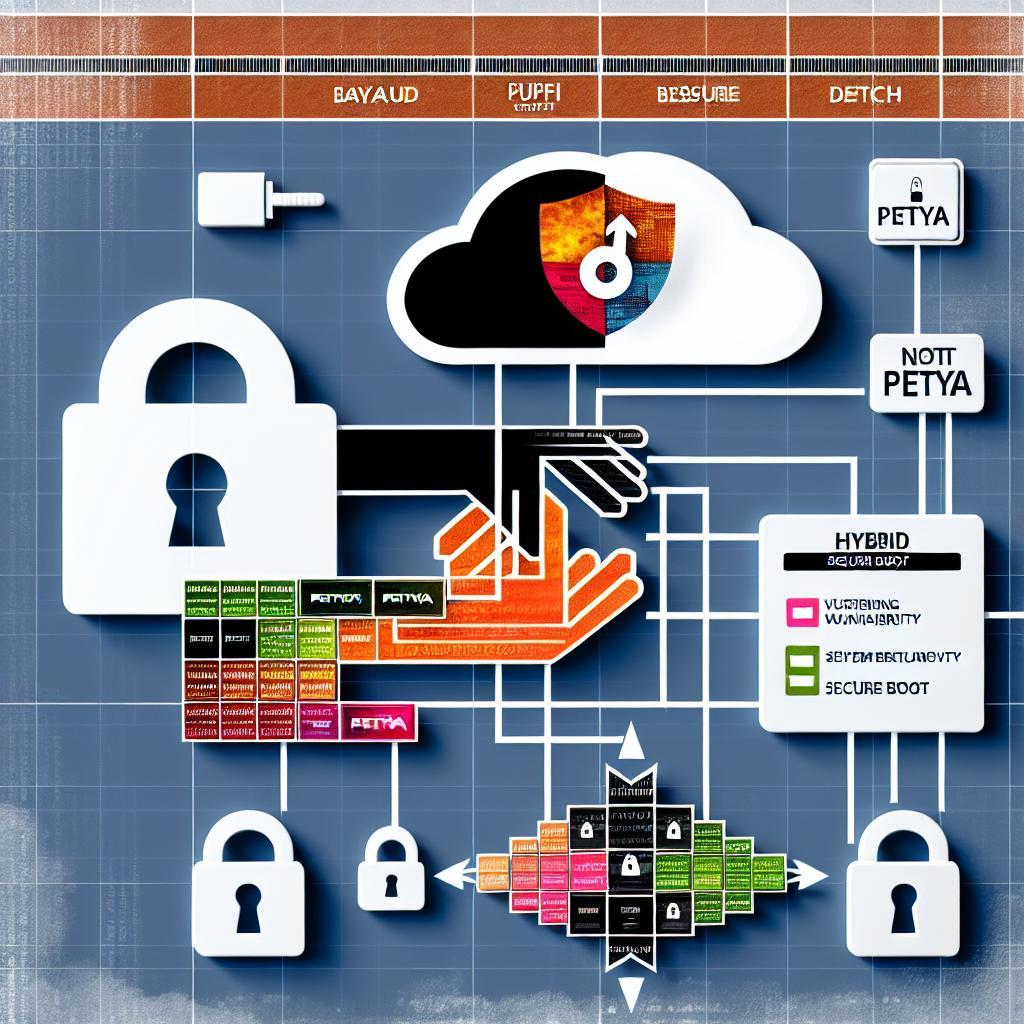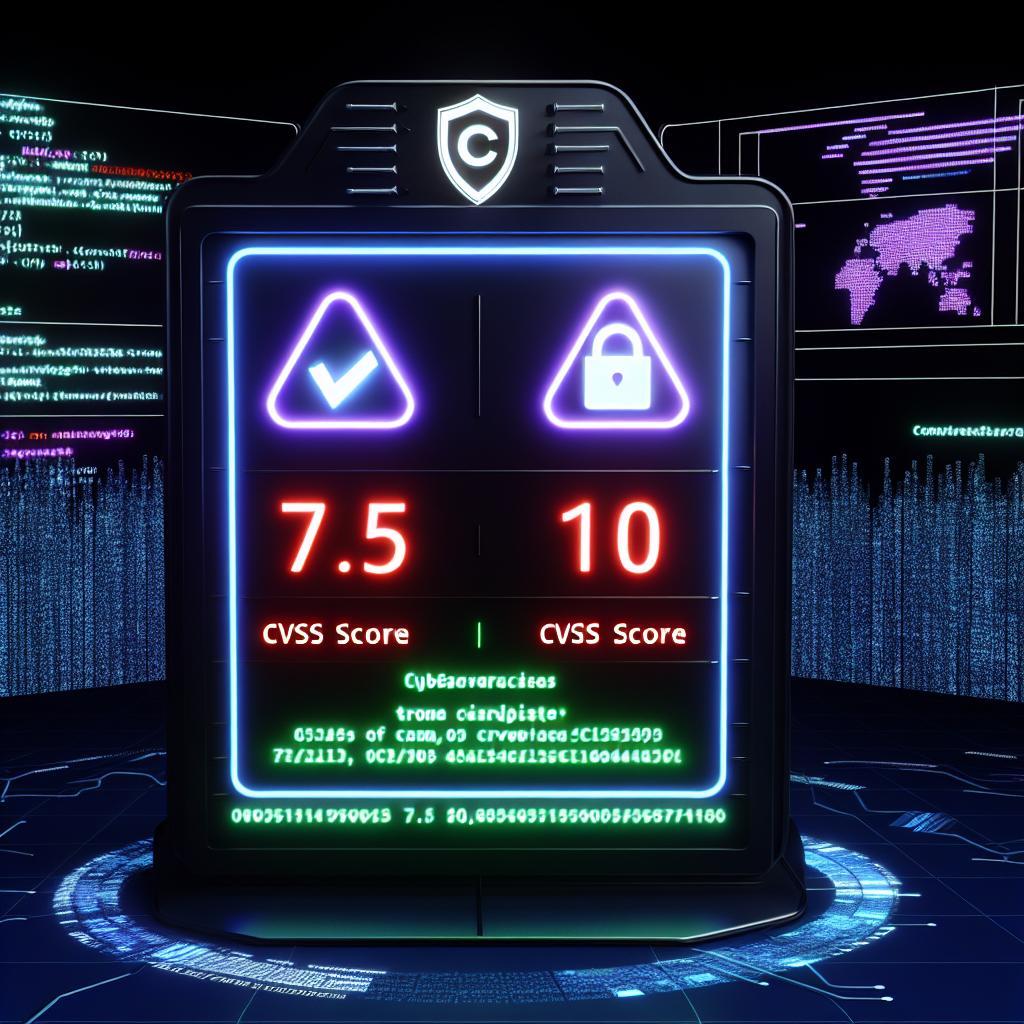In a world where technology is constantly evolving and advancing, one of the greatest challenges in cybersecurity remains the same: the human element. While firewalls and encryption software can provide a level of protection against cyber threats, it is often the actions (or inactions) of individuals that present the biggest obstacle to maintaining digital security. From falling victim to phishing attacks to unknowingly downloading malware, human error continues to be the biggest inhibitor of cybersecurity in our interconnected world. Let’s explore the ways in which human behavior can pose a threat to our digital safety and what we can do to mitigate these risks.
Understanding Human Behavior in Cybersecurity
Human behavior plays a crucial role in cybersecurity, often acting as the biggest inhibitor to a secure system. Despite advancements in technology and sophisticated security measures, human error remains a significant factor in cyber breaches. From falling victim to phishing scams to using weak passwords, individuals can unknowingly compromise the security of an entire network. Understanding the psychology behind human behavior in cybersecurity is essential for developing effective prevention strategies. Key factors to consider include:
- Social engineering tactics
- Psychological manipulation techniques
- Human vulnerability to deception

Mitigating Human Error through Training and Awareness
One of the biggest challenges in maintaining cybersecurity is the human element. Despite having advanced technologies and sophisticated systems in place, human error remains a significant threat to the security of any organization. By focusing on training and creating awareness among employees, companies can mitigate the risks associated with human error. Training programs that educate employees on cybersecurity best practices, such as identifying phishing emails and creating strong passwords, can significantly reduce the chances of a security breach. Additionally, fostering a culture of cybersecurity awareness within the organization can help employees recognize potential threats and take proactive measures to prevent them.
Key Takeaways
while technology continues to advance at a rapid pace, the human element remains the biggest inhibitor of cybersecurity. From clicking on suspicious links to sharing passwords with unauthorized individuals, our actions can have far-reaching consequences on the security of our digital information. By being more vigilant and educated about cybersecurity best practices, we can work towards creating a safer online environment for all. Remember, we are the first line of defense in the ongoing battle against cyber threats. Let’s take ownership of our digital security and protect ourselves and our data from harm. Thank you for reading. Stay safe online!







